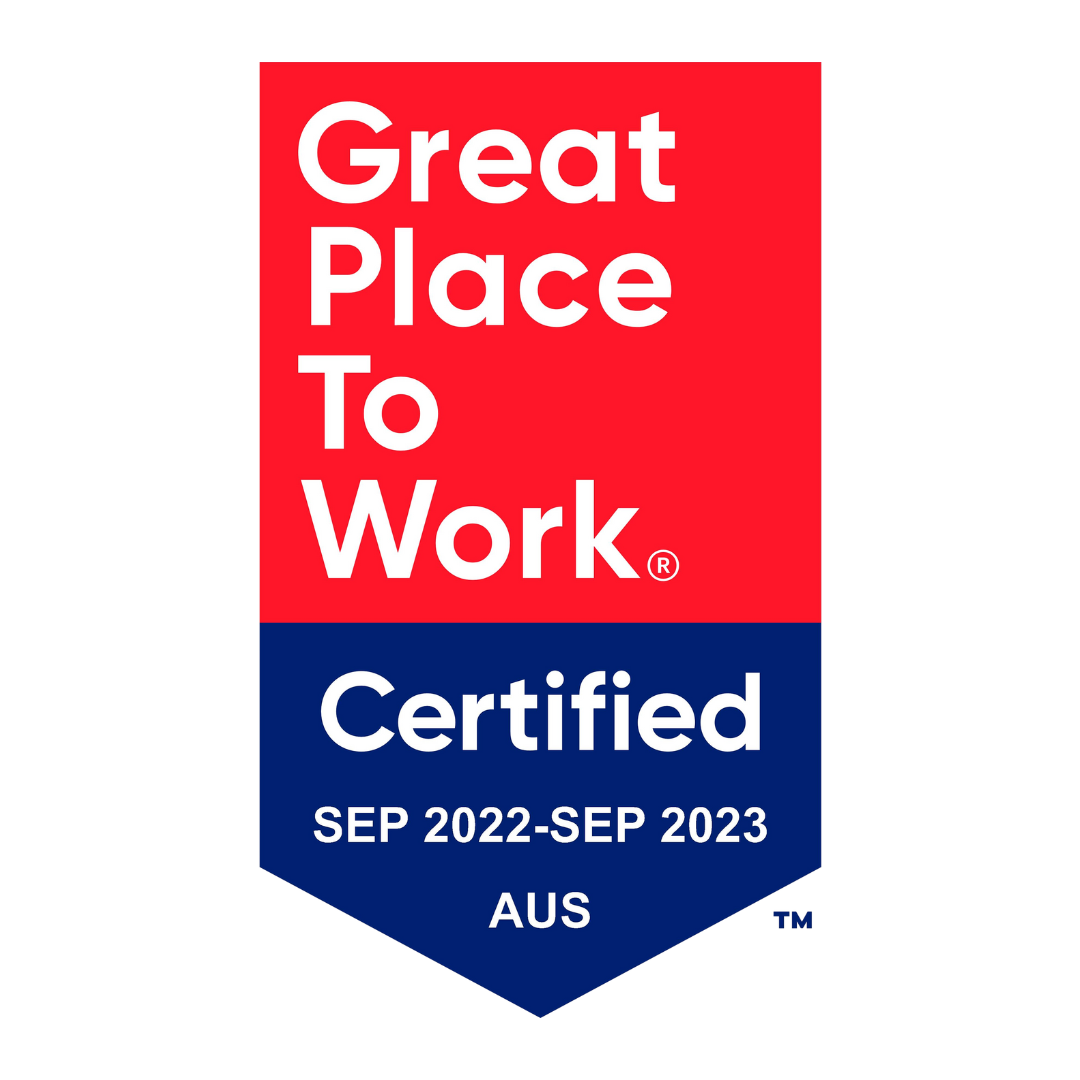How to bring Joy and Fun into the Workplace
Here is our advice on how to inject fun and joy in your workplace!
Encourage friendships and casual conversation
- Asking how people are
- Talking about the weekend or life events
- Sharing pictures of family and pets
- Share funny stories and jokes
- Laugh with each other
- Be friendly!
Create a routine of sharing appreciation
Decorate or create an inviting space
Go to lunch and drinks
Have a ‘break’ area
Invest in team building or community projects
Team building and community projects are a great way to bond and create memories. It is inevitable that people will get to know each other better when participating in out-of-the-norm activities. Peoplebank used to have every different department host a ‘night out’ in the office, with one year resulting in a Peoplebank’s very own casino night for example. We’ve participated in several activities such as:
- Creating fun campaign videos with other departments
- Virtual reality game days
- Events held at arcades
- Walking and cycling for charity
Discuss passion projects and personal hobbies
We hope that these tips were helpful in helping to inject a little fun and joy into your workplace, or that they can help guide some plans to do so in the future! Let us know how you find joy in your workplace on our
LinkedIn page😊.






















